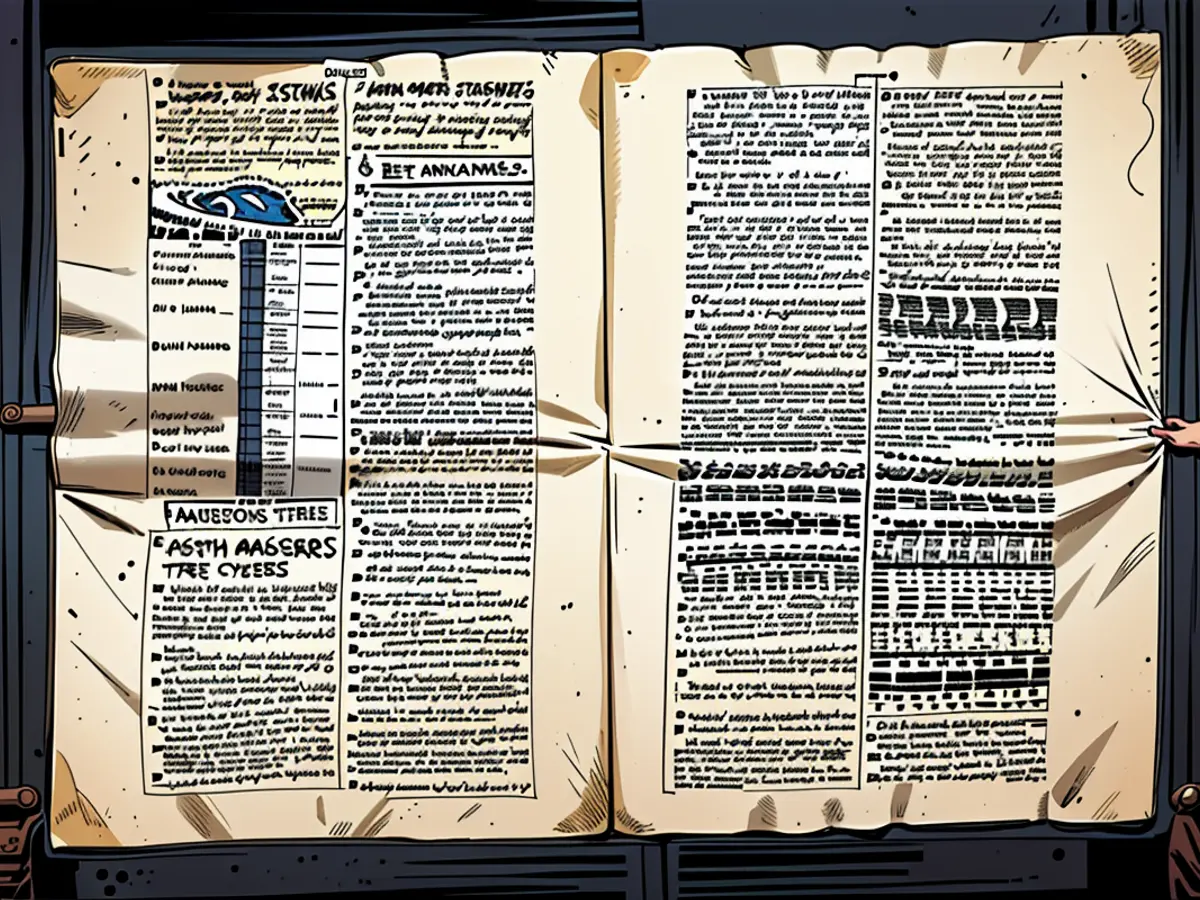Initial sale of the original U.S. Constitution fetches millions of dollars
In 1787, the constitution currently governing the U.S. was officially adopted. Recently, a first-ever print of this constitution surfaced two years back on a North Carolina property. This historical artifact has now changed hands for an impressive $9 million (approximately €8.3 million).
The U.S. Constitution's first print took the spotlight at Brunk Auctions' auction, held in North Carolina last Thursday. The selling process took less than eight minutes, with the buyer's identity remaining undisclosed.
The document, printed 237 years ago, is claimed to be the only surviving private copy, according to the auction house. There are another seven copies owned by public institutions. "It's always a privilege to auction such an essential document," said the auctioneer, Andrew Brunk. Initially, about 100 copies of this updated constitution were printed following the 1787 constitutional convention.
The Constitution was developed to replace the ineffective Articles of Confederation, established after the U.S. Declaration of Independence. The congressional secretary, Charles Thomson, was responsible for printing and sending drafts of the approved constitution to each of the 13 founding states for their approval. The auctioned copy was discovered in 2022 on a property that once belonged to Samuel Johnston, who served as North Carolina's governor between 1787 and 1789 and was instrumental in ratifying the U.S. Constitution in his state.
The previous auction of a constitution copy sent to the founding states took place in 1891, fetching a modest $400. The latest record-breaking price was set in 2021 when Sotheby's auctioned off one of only 14 remaining copies of the constitution printed for the delegates of the constitutional convention, selling it for an astonishing $43.2 million.
This historically significant constitution print, sold for $9 million, was originally discovered on a property once owned by North Carolina's governor during the ratification period. The historical artifact, a private copy, is one of only eight existing copies not owned by public institutions.






